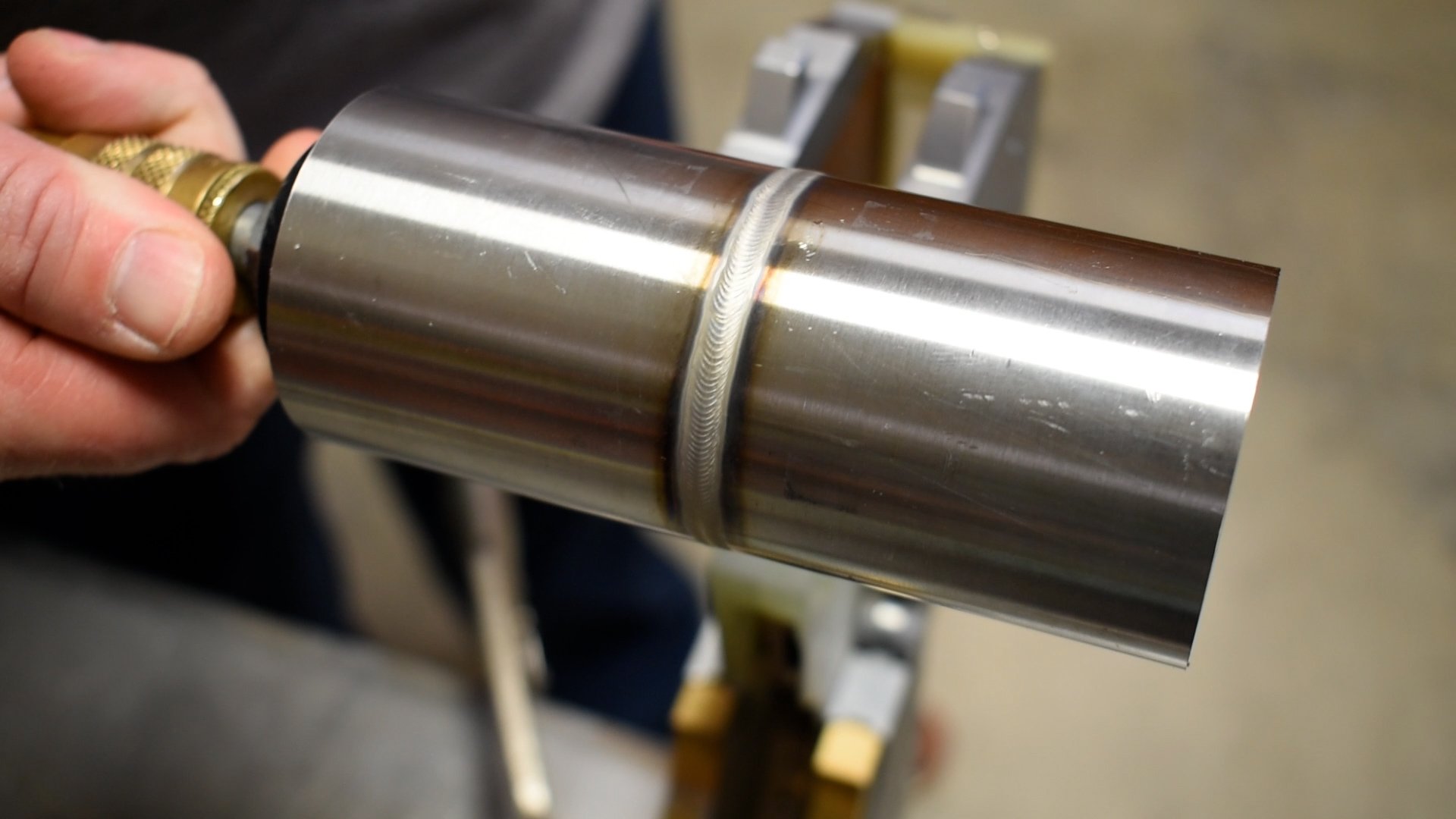Essential Tips for Welders: Avoiding Undercut Welding and Ensuring Stronger Weld Joints
In the realm of welding, accomplishing solid and long lasting weld joints is the keystone of generating top notch work. One usual obstacle that welders often experience is undercut welding, which can compromise the stability of the weld joint. By recognizing the variables that add to undercutting and implementing the right techniques and safety measures, welders can efficiently prevent this issue and guarantee the long life and strength of their welds. Allow's check out some necessary pointers that can help welders browse this challenge and elevate the high quality of their welding projects.

Recognizing Undercut Welding
Undercut welding is a typical welding flaw that takes place when the weld metal fails to appropriately fill the groove and leads to a groove-like depression along the weld grain. This issue weakens the weld joint, making it susceptible to fracturing and failing under stress and anxiety. Damaging can be triggered by various aspects, consisting of extreme welding current, high welding rate, incorrect electrode angle, inaccurate electrode size, and inadequate welding technique.
One of the main reasons for undercut welding is an imbalance in between the welding current and the welding rate. If the welding current is expensive or the welding rate is also quickly, the weld metal may not appropriately load the groove, bring about damaging. In addition, using an electrode that is too big can cause a comparable outcome, as the excess metal can not appropriately flow right into the groove.
To stop undercut welding, welders ought to ensure they are using the right welding specifications, maintain an ideal electrode angle, pick the proper electrode dimension, and technique proper welding techniques. By dealing with these variables, welders can lessen the risk of undercutting and develop more powerful, more reputable weld joints.
Correct Welding Method
Efficient welding strategy plays a crucial role in making certain the top quality and honesty of weld joints. Correct welding strategy involves a combination of adherence, precision, and skill to finest practices. One essential element of appropriate welding technique is preserving the correct angle and distance between the welding gun and the workpiece. Welders need to likewise pay attention to the traveling speed and warm input to avoid issues like undercutting, porosity, or insufficient combination.
In addition, a regular and consistent hand movement is crucial for producing strong and sturdy weld joints. Welders need to go for smooth, uniform activities to guarantee also distribution of the weld material. Correct control of the welding gun and filler product is additionally vital to attaining optimum penetration and combination.
Additionally, regulating the warmth input and choosing the ideal welding criteria based on the product being bonded are critical consider accomplishing high-grade welds - Preventing weld undercut. Welders ought to adhere to the recommended settings supplied by welding procedure specifications and adjust them as needed based on the certain needs of the task. By understanding correct welding methods, welders can considerably enhance the toughness and dependability of their weld joints
Choosing the Right Electrode
When taking into consideration the value of choosing the best electrode in welding applications,Keeping the correct angle and distance between the welding weapon and the workpiece is fundamental. The choice of electrode plays a crucial duty in establishing the high quality and toughness of the weld joint. Electrodes are available in different kinds, each made for certain objectives and products.
Firstly, choosing the suitable electrode diameter is essential. Thinner electrodes appropriate for welding thin materials, while thicker electrodes are much better for thicker materials and higher warm applications. Matching the electrode size to the density of the work surface assists accomplish a balanced weld.
Secondly, comprehending the product composition of the electrode is important. Various electrodes are developed for welding specific materials like steel, stainless-steel, aluminum, or cast iron. my review here Using the correct electrode material makes sure great blend and lessens the risk of flaws in the weld.
Finally, thinking about the welding position and method is essential when selecting the electrode type. Certain electrodes are better suited for vertical or above welding placements, while others function well for level or straight placements. Selecting the best electrode based on the welding technique boosts the general weld quality and stability.
Preparing the Base Steel
To make certain a successful welding process, what preliminary actions should be taken when preparing the base metal for welding? Appropriately preparing the base metal is vital for attaining strong and resilient weld joints. The initial step in preparing the base metal is to clean it extensively to get rid of any kind of contaminants such as rust, oil, dirt, or paint. This can be done utilizing a cord mill, brush, or chemical solvents. In addition, any existing weld material or residue from previous welding ought to be removed to make certain a tidy surface area for the brand-new weld.

Performing Post-Weld Examinations

After performing these evaluations, welders need to compare the results against sector criteria and job demands to guarantee that the weld joint meets all necessary standards. Any type of variances or inadequacies uncovered during the post-weld evaluation should be without delay attended to with appropriate rehabilitative procedures to guarantee the weld's honesty. By carefully carrying out post-weld inspections and promptly dealing with any problems, welders can support the top quality and integrity of their work, ultimately adding to the safety and security and durability of the bonded structures.
Verdict

To conclude, stopping undercut welding and guaranteeing more powerful weld joints require a mix of proper welding strategy, choosing the ideal electrode, preparing the base metal properly, and conducting post-weld examinations. By understanding the sources of undercut welding and implementing the needed precautions, welders can create high-quality weld joints that satisfy sector standards and make sure the structural stability of the bonded parts.
Undercut welding is a common welding flaw that takes place when the weld metal stops working to effectively load the groove and results in a groove-like depression along the weld grain (Preventing weld undercut). Undercutting can be triggered by various elements, consisting of too much welding current, high welding speed, inappropriate electrode angle, inaccurate electrode dimension, and inadequate welding technique
One of the primary factors for undercut welding is an inequality in between the welding current and the welding speed. If the welding current is he said too high or the welding speed is also quickly, the weld steel might not sufficiently fill up the groove, leading to damaging.Keeping the correct angle and distance between the welding weapon and the work surface is basic when considering the sites importance of choosing the best electrode in welding applications.